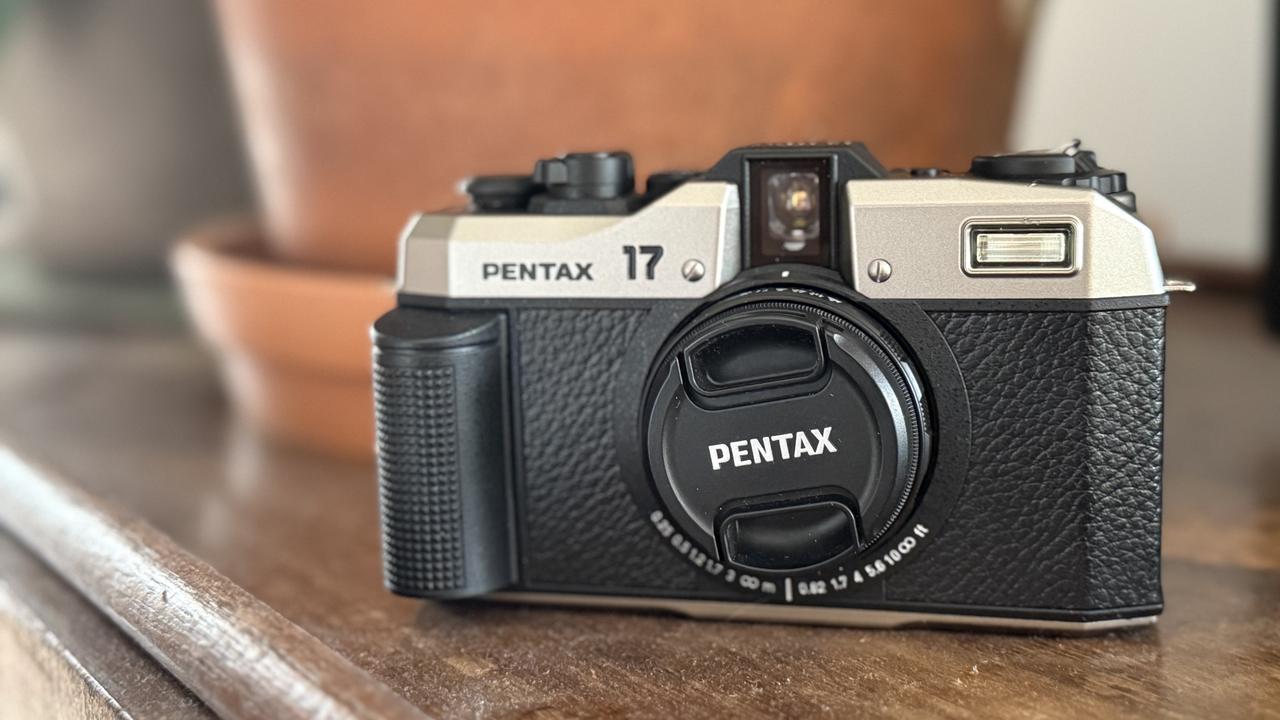DJI Mavic Mini foldable drone makes magic in the sky
DJI’s new Mavic Mini foldable drone is zippy, fun, and light enough to beat the coming weight restrictions.
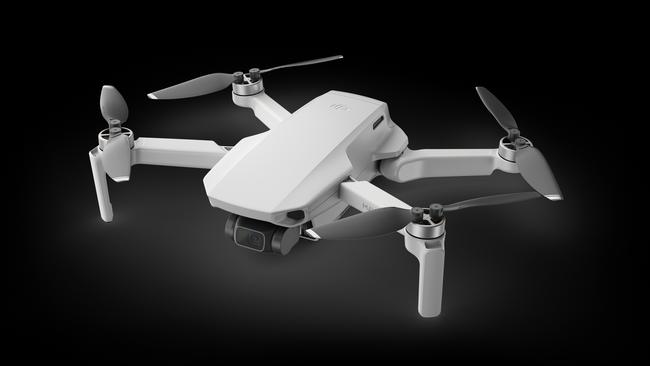
My experience with DJI’s new Mavic Mini foldable drone was brilliant while it lasted. Weighing just 249 grams, lightweight, small yet sophisticated, it is perfect for consumers wanting high-quality drone features at an affordable price.
It misses a few features found in others in the foldable Mavic range: Mavic Air, Mavic Pro Platinum and Mavic 2. For example, its maximum video camera resolution is 2.7K rather than 4K. You get 30 frames per second video. However, at a price of $599, or $799 if you also buy a combination pack with accessories, who is arguing?
READ MORE: Drones to help keep racegoers safe | Sky’s the limit for medical supply drone deliveries
You can stow the Mini in your bag, at the top of your pack when hiking, or in the car glove box and you’d hardly know it was there.
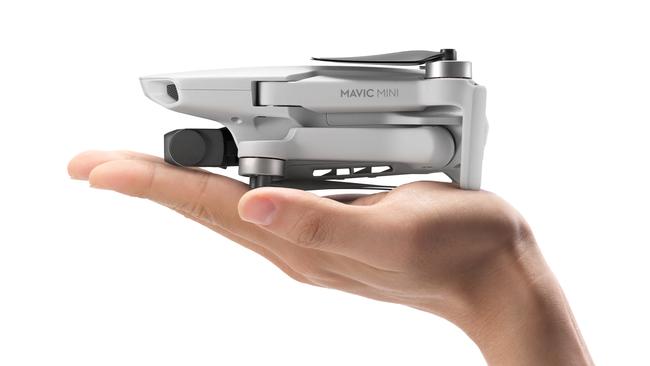
Last week, I took a Mavic Mini to the cliffs near the Hugh Bamford Reserve, north of Bondi Beach, one of the few scenic spots in Sydney where you can legally fly a drone. I wanted to get some great ocean footage.
I put the drone through its paces, flying it around the cliff area and the reserve area, and it was responsive and manoeuverable. It can get buffeted around a bit in the air being lighter, but it’s still remarkably stable.
DJI has done a great job with the Mavic range in general. They are zippy and fun to use, and with a decent camera mounted on a three-axis gimbal, a great option for snapping photos and shooting video.
The 249 gram weight is no accident. A series of rules being implemented by Australia’s Civil Aviation and Safety Authority (CASA) requires that drones weighing 250 grams or more will need to be registered. Other countries, too, are making it easier for consumers to operate drones below the 250 gram weight.
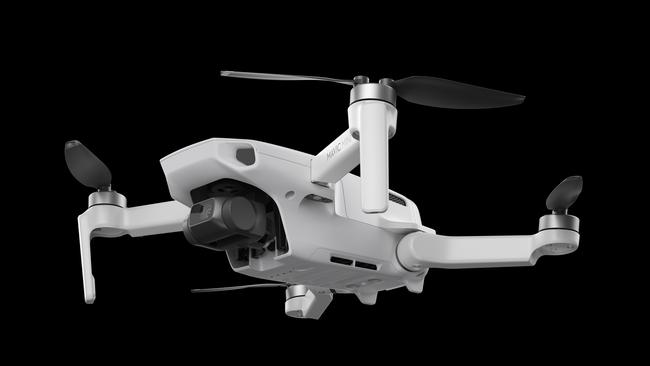
DJI remarkably has managed to pack all its Mavic technology into such a small unit. The fact that it scrapes in below the 250 gram cut-off limit by one gram is very cheeky indeed. DJI says that weight includes a battery and SD card.
However, the new registration rules are yet to kick in. Commercial registrations will begin next year followed by recreational ones in 2022, says a CASA spokesman.
These rules are additional to existing CASA regulations about where and when consumers can fly: only during the day, no higher than 120m above ground, no closer than 30m to people, and not in restricted or prohibited airspace.
Rules of the sky
The rules are found at casa.gov.au/drones and the CASA app shows you where flying is restricted. Be aware that some local authorities additionally restrict the use of drones and you can cop large fines from them.
Soon, operating a consumer drone is not going to be a simple matter of taking it to a park and launching it without bothering with these rules and regulations. But the public itself has been agitating for ages about privacy and safety concerns of drones.
Taking a dip
Tragedy struck near the end of my time with this drone. It does have a return to home feature like other DJI drones, but a combination of factors saw it end up in the drink beyond the cliffs. It is somewhere on the bottom of the ocean or smashed against the rocks.
When it disappeared, I looked at the controller, and there was no trace of a signal or image from the Mini. I kept saying: “Come in Mini, over! Come in Mini, over!” but it was cactus, or should I say, seaweed.
I was using a very early version of the new DJI Fly app which might need some tweaking.
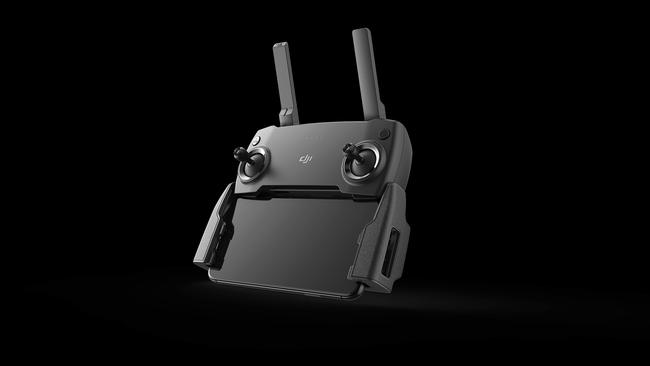
I know now what NASA might have felt when it lost contact with Voyager 1, the earlier Mars rover Spirit, and those slowly passing seconds when NASA waited for Apollo 13 to resume radio contact after entering the earth’s atmosphere.
I had felt incredibly empty. There was nothing to do, except pack up and go.
You can enjoy a better outcome if you keep your little Mavic Mini on terra firma and never take your eye off it.
Cinematic mode and more
Many of the advanced features are unlocked through the DJI app, and for this model, DJI has debuted a new app called DJI Fly. The app even tells you whether your current location allows flying. I hope that DJI has this right.
The new app is a little less cluttered than before, with the options on a separate screen. Starting up the drone takes two steps. You press a virtual button at the left and then hold down another button for a few seconds. You can’t start the Mini by accident.
You can switch to sports mode to increase speed, but be aware there is no collision avoidance on the Mini, so if it crashes into a tree at top speed, be prepared to pick up the pieces.
Conversely the Mavic Mini has a cinematic mode which means slower, less jerky movements in video panoramas.
You get the automated quick-shot features found on other Mavics. You need to specify an object that is central to these modes, which normally is you. The camera is locked onto that object.
Rocket mode takes video of you as it climbs directly into the air above. Helix mode flies gradually higher in a spiralling circle around you, circle flies around you, and dronie flies upwards and backwards, again, with the camera locked onto you.
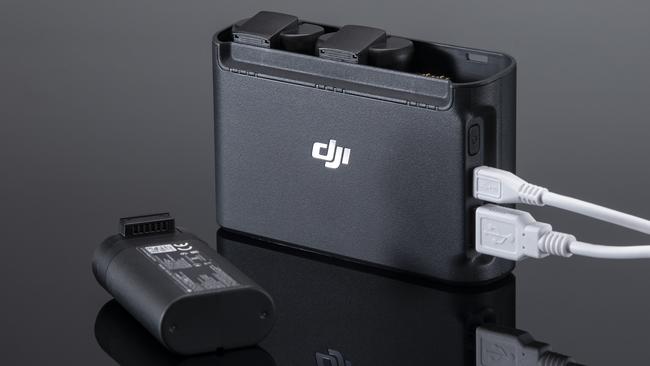
I was especially impressed with battery life which was around 25 minutes. The combination pack includes three batteries and a triple charger so there’s well over an hour of flying wherever you go.
The drone comes with a compact controller and you insert your phone into it and link it with the supplied cables. MicroUSB, USB-C and lightning cables are provided.
Other features include geofencing to stop you flying in restricted areas - a DJI feature for years - and built-in altitude limits, so your drone won’t fly off towards The Moon. Minis support a remote identification system called AeroScape, so your drone is monitored if you fly into flight-sensitive environments.
DJI also offers a creative kit which lets you decorate the drone’s fuselage if you so desire.
There are some missing features. I’ve already mentioned the absence of collision avoidance. There’s less manual control of images, no optical zoom, panoramic mode or the gesture control found on some other DJI drones.
There’s no intelligent flight modes so, for example, you can’t set waypoints and program the drone to visit them one after another, or track objects with ActiveTrack. There’s no internal storage so you need to slot in a microSD card to save photos and video. You can’t save images in RAW format.
The propellers don’t come off so easily, however DJI provides you with a screwdriver if you need to change them.
If these restrictions don’t bother you, the DJI Mavic Mini is a bargain for what it offers.

